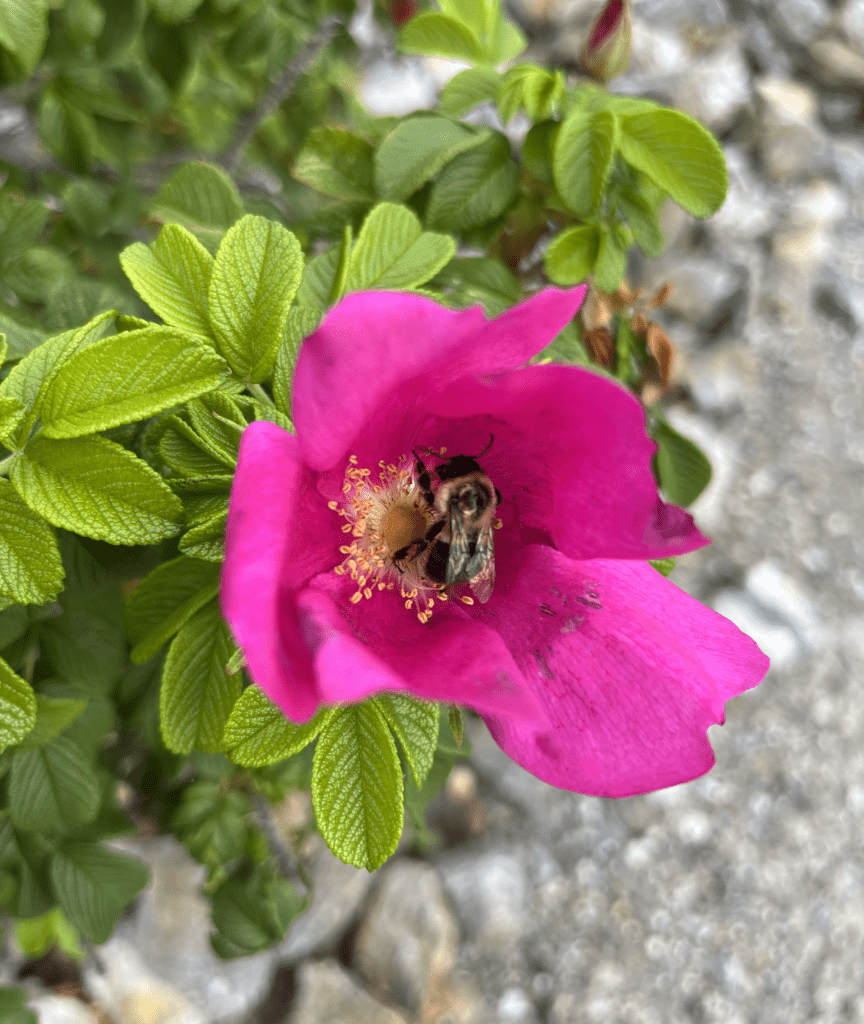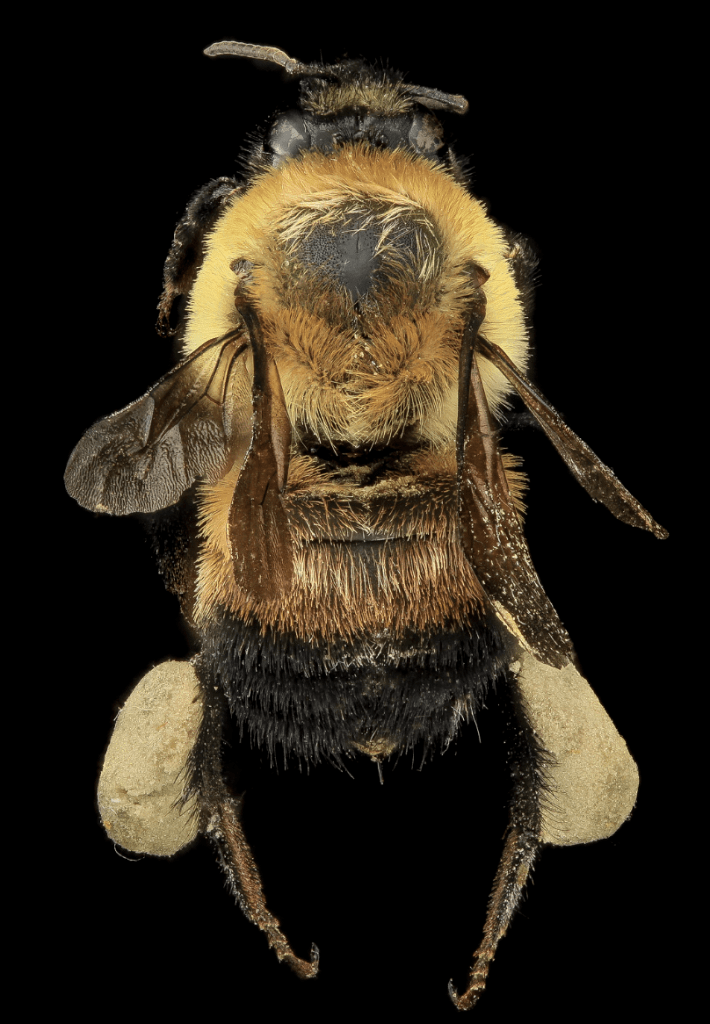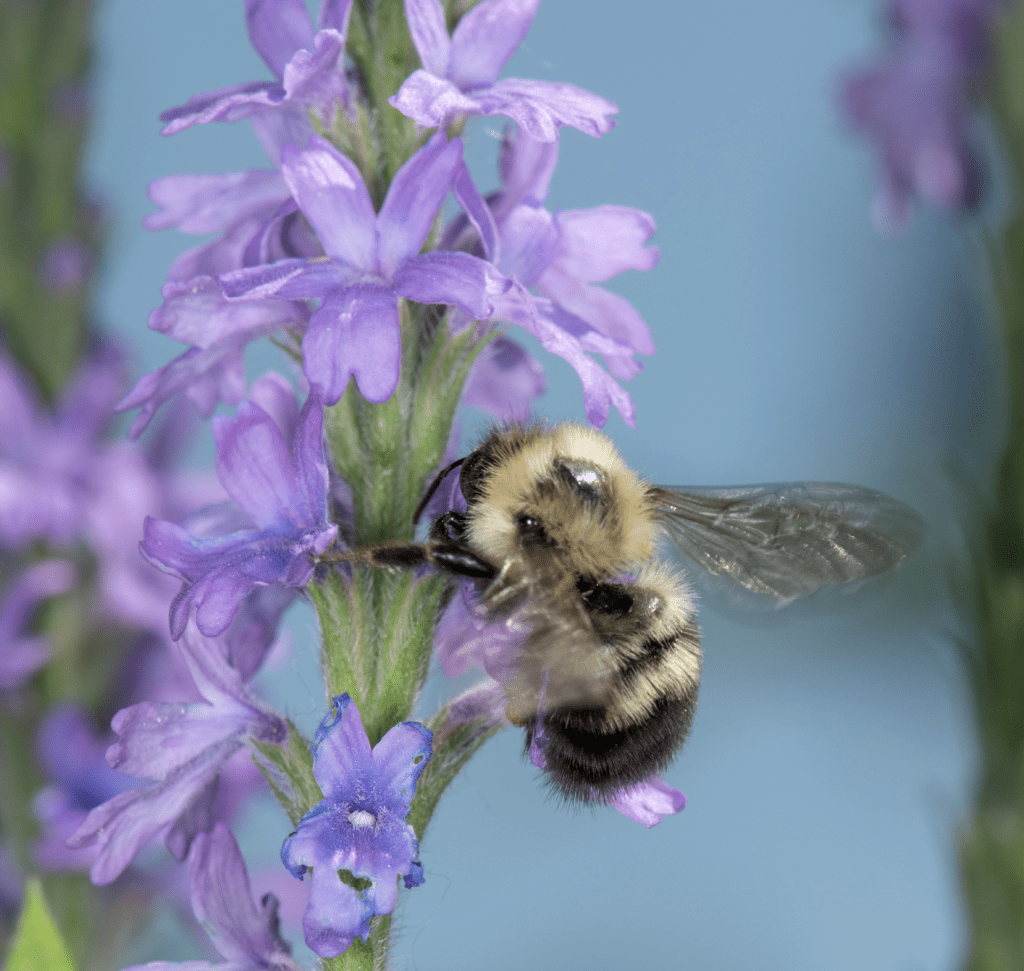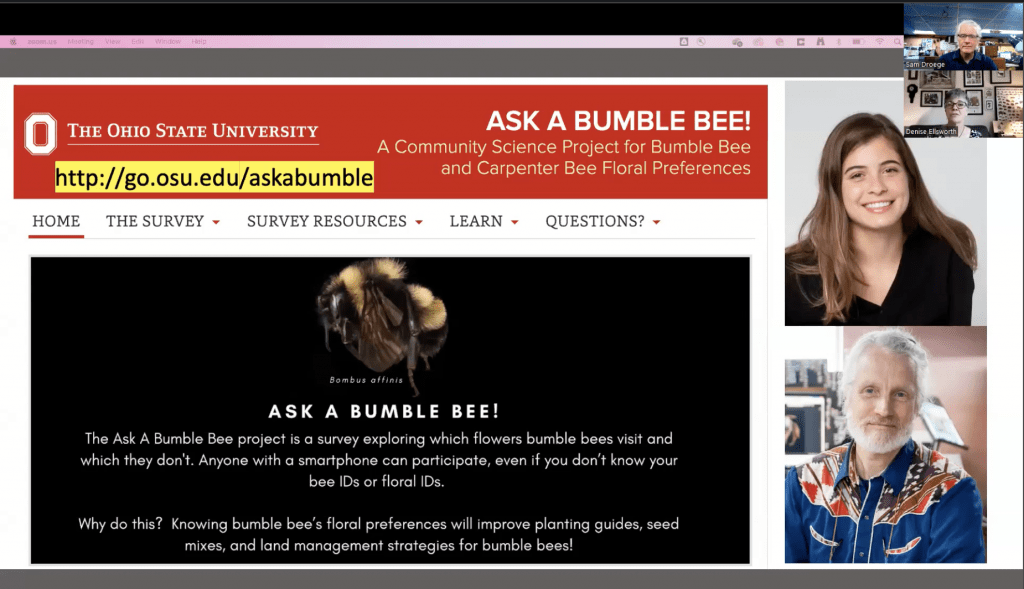Hello Bumble Bee Friends!
I hope you all have been well and enjoying this beautiful Spring weather! I’m excited to report that I’m seeing queens almost everywhere I go! As the bee season ramps up, I have a couple of BIG announcements including updates to how we run our email list, updates to survey protocol, species level results, and a heads up regarding my plans for the upcoming season!
First, updates to the email list! We are shifting to an official “newsletter”, through our website! This means that future emails from me and the rest of the AABB team will look a little bit different, but the content will stay the same.
This is awesome for a few reasons:
1. You can unsubscribe yourself!! If you have been dying for a way out of these emails but don’t want to hurt my feelings by asking to be removed – now’s your chance! Once I shift us all over (I’ll send a message through the new system to notify everyone), simply hit “unsubscribe” at the bottom of the email to remove yourself. Let me know if you need help with this.
2. All emails will be posted publicly! Now, every email I send out will also be posted on the home page of our website, so if you want to share any info from our emails, you can direct all your friends to our website where they all will be just waiting to be read!
3. New folks who want to get on the email list can subscribe themselves by hitting “subscribe”! Note that you will still need to email me to get a Google Drive folder with which to submit data.
Second, protocol updates!
We have two major updates to survey protocol:
1. We’ve eliminated the “Number of Lots” metric! *woohoos from the crowd*. It was by far the trickiest part of the protocol, and we believe that the trouble isn’t worth the information gained with this metric.
2. Reduced requirement for flower photos! Previously, we wanted a photo of every blooming flower species for every survey you complete. Now, we realize that taking repeated photos of the same flowers in the same site is a waste of your time, and of our botanists’ time. Now, we only need one photo of each plant species per site. This means that if you repeatedly survey the same location, you only need to submit photos of all the blooming plant species you encounter on the first time you survey that site. After that, you only need to submit photos of flowers which weren’t present in previous surveys at that site (i.e. newly blooming species).
Third, a check in from me (Jenan)
Unfortunately, we haven’t found funding to support hiring a coordinator. I absolutely love this program and feel so grateful for the opportunity to work with such passionate people to create and explore this incredible dataset. I truly believe that together we have the power to help the bumbles. For these reasons, I have been, and will continue to put my all into this project whether or not we have funding!
However, I also am a full time graduate student and it’s becoming apparent that it’s not feasible for me to have a bigger-than-ever AABB survey year this season. I’ll be busy chugging away on my Masters (sequencing Chilean bee DNA this summer!) so you won’t hear from me as much as I wish I could check in. BUT! I sincerely hope that you enjoy surveying as much as I do, and I really encourage you all to participate even with limited check in’s from the AABB team.
Fourth and finally, species level flower results!
This email has already developed into a short novel so I will spare you much interpretation! We conducted the same analyses as we did for genus level plants, but with flowers resolved to species level IDs where possible. Attached is a spreadsheet with more detail on the below list, but most basically plants highlighted in green were “winners”, yellow plants were “ok” for the bumbles, and orange plants were not-so-favored by the bumbles. Important notes:
– Decisions were made similarly to genus level plants: mostly based on the “Bee Score”, (it represents the proportion of bees on a single survey visiting a given flower species, averaged across all surveys with that flower species, corrected for floral abundance).
– There is no meaningful strict boundary line between “good” and “ok”, or between “ok and “not-so-favored” plants. We used .2 as a cutoff between “good” and “ok”, and .05 as a cutoff between “ok” and “not-so-favored”. We then boosted flowers which fell into the “ok” plants but were visited on 50% or more surveys containing that flower to be “good”. Similarly, if a flower was in the “not-so-preferred” group based on Bee Score, but was visited on over 10% of surveys containing that flower, it moved up to “ok.”
Thanks so much as always, AABB team! You all are amazing and I hope you have an excellent bee filled Spring until we chat again!
FSpecies
Asclepias syriaca
Symphyotrichum racemosum
Hypericum prolificum
Agastache scrophulariifolia
Agastache foeniculum
Veronicastrum virginicum
Lavandula angustifolia
Prunella vulgaris
Monarda fistulosa
Glechoma hederacea
Penstemon digitalis
Nepeta species
Silphium perfoliatum
Salvia guaranitica
Verbesina alternifolia
Borago officinalis
Pycnanthemum incanum
Pycnanthemum muticum
Securigera varia
Salvia farinacea
Teucrium canadense
Solidago caesia
Symphyotrichum pilosum
Solidago altissima
Salvia species
Liatris spicata
Helianthus annuus
Helianthus decapetalus
Abelia x grandiflora
Symphyotrichum novae-angliae
Echinacea purpurea
Symphyotrichum oblongifolium
Heuchera villosa
Solidago rugosa
Salvia yangii
Pycnanthemum tenuifolium
Veronica spicata
Apocynum cannabinum
Salvia nemorosa
Impatiens capensis
Trifolium repens
Cirsium arvense
Origanum vulgare
Trifolium pratense
Rudbeckia laciniata
Lobelia siphilitica
Nepeta cataria
Spiraea japonica
Salvia greggii
Physostegia virginiana
Clinopodium vulgare
Asclepias incarnata
Plantago lanceolata
Monarda punctata
Zinnia elegans
Verbena hastata
Cichorium intybus
Eurybia divaricata
Chamaecrista fasciculata
Asclepias tuberosa
Solanum carolinense
Scutellaria incana
Heliopsis helianthoides
Ratibida pinnata
Gaillardia pulchella
Hosta ventricosa
Pycnanthemum virginianum
Monarda didyma
Lobelia cardinalis
Zinnia species
Cosmos bipinnatus
Chrysanthemum species
Lotus corniculatus
Dahlia pinnata
Conoclinium coelestinum
Tradescantia virginiana
Calendula officinalis
Coreopsis lanceolata
Tricyrtis formosana
Tagetes patula
Vernonia noveboracensis
Viola species
Rosa species
Taraxacum species
Solanum lycopersicum
Medicago lupulina
Verbena bonariensis
Daucus carota
Rudbeckia hirta
Phlox paniculata
Lantana species
Rudbeckia triloba
Coreopsis verticillata
Leucanthemum vulgare
Erigeron species (annuus vs strigosus)
Taraxacum officinale
Erigeron annuus
Oxalis corniculata
Verbena urticifolia
Rudbeckia fulgida
Petunia species
Erigeron strigosus
Parthenium integrifolium
Achillea millefolium
Persicaria longiseta
Hemerocallis x hybrida
Phytolacca americana
Lonicera sempervirens
Coreopsis species
Catharanthus roseus
Lobularia maritima
—
Jenan El-Hifnawi (She/Her)
Ask A Bumble Bee Coordinator












